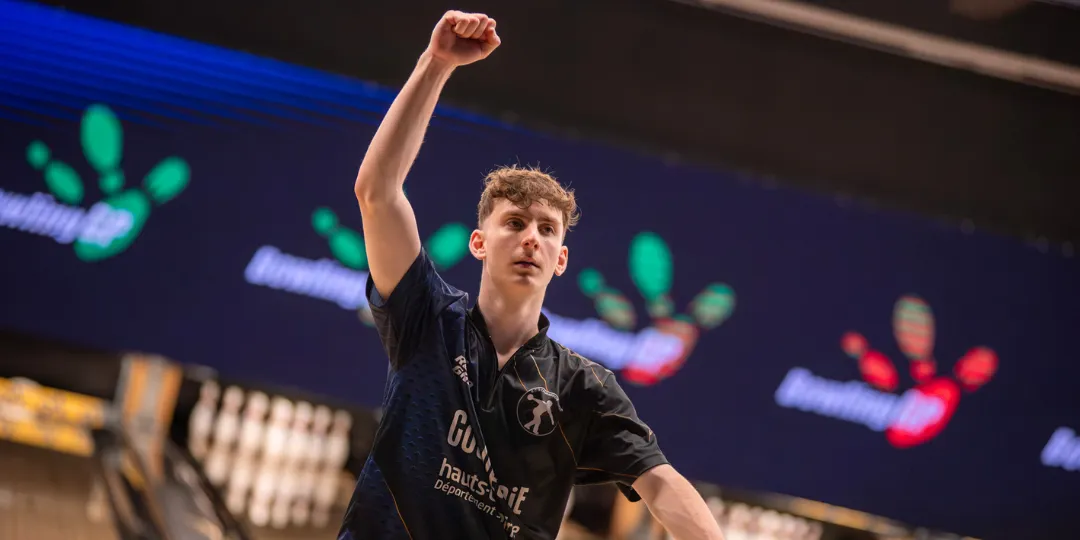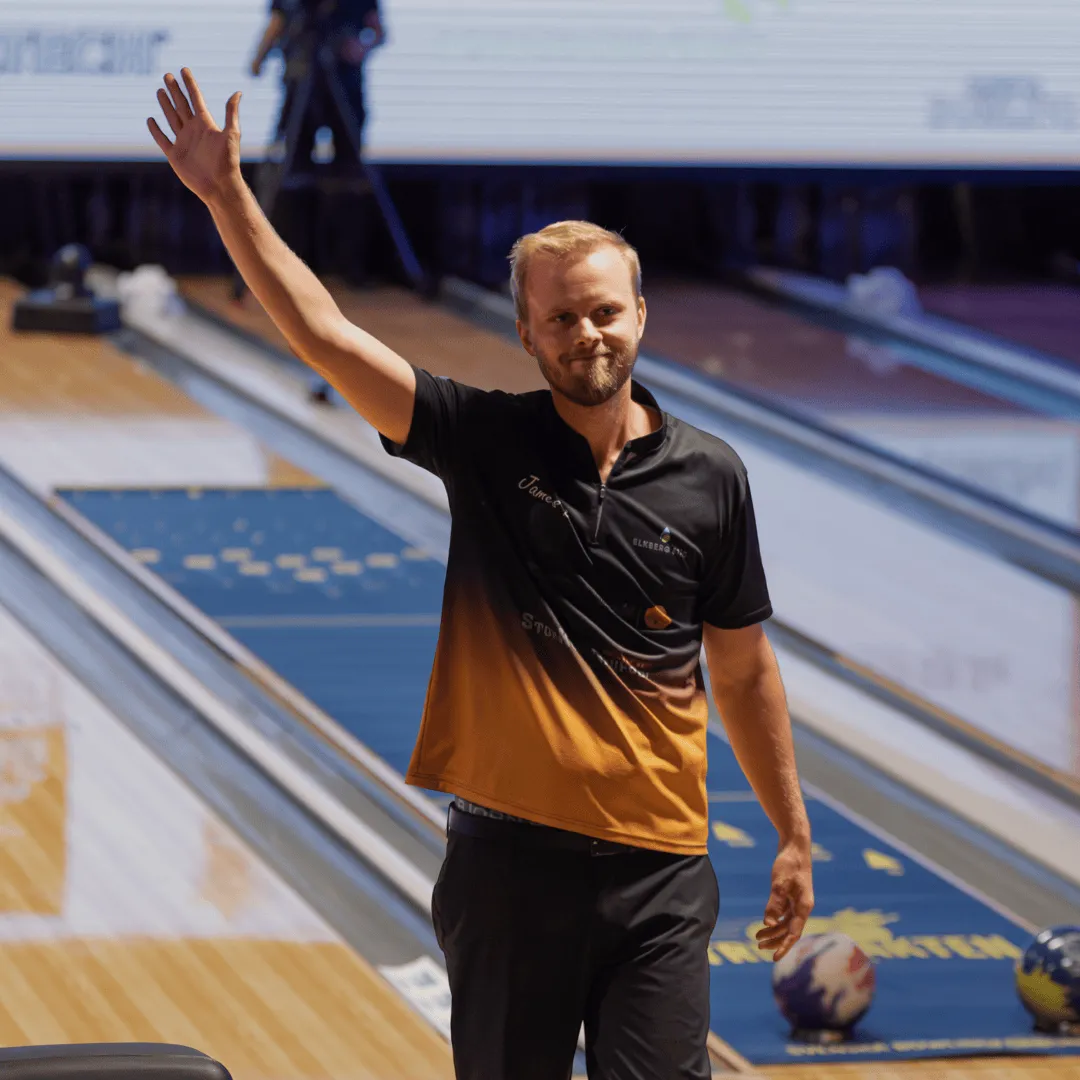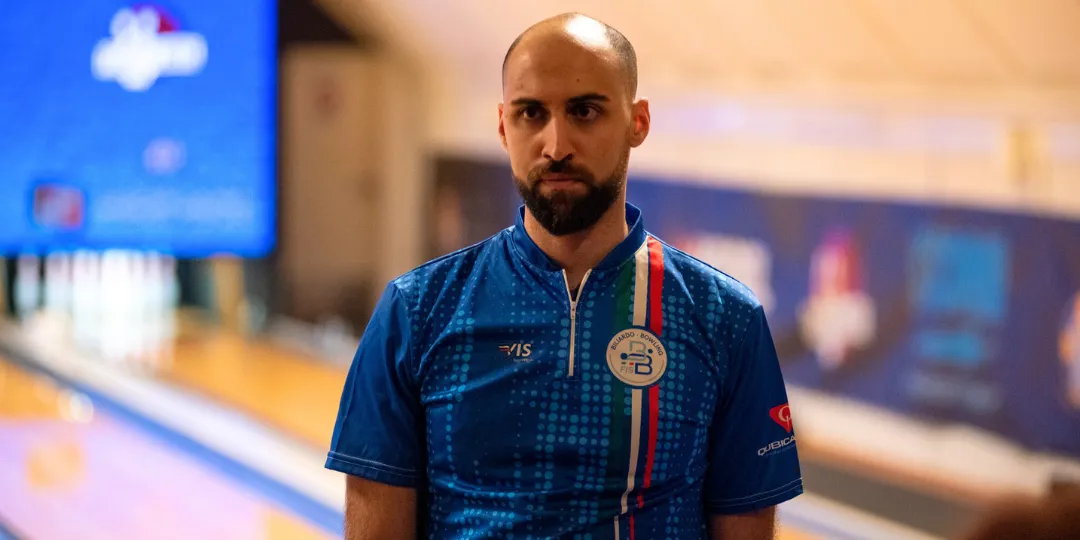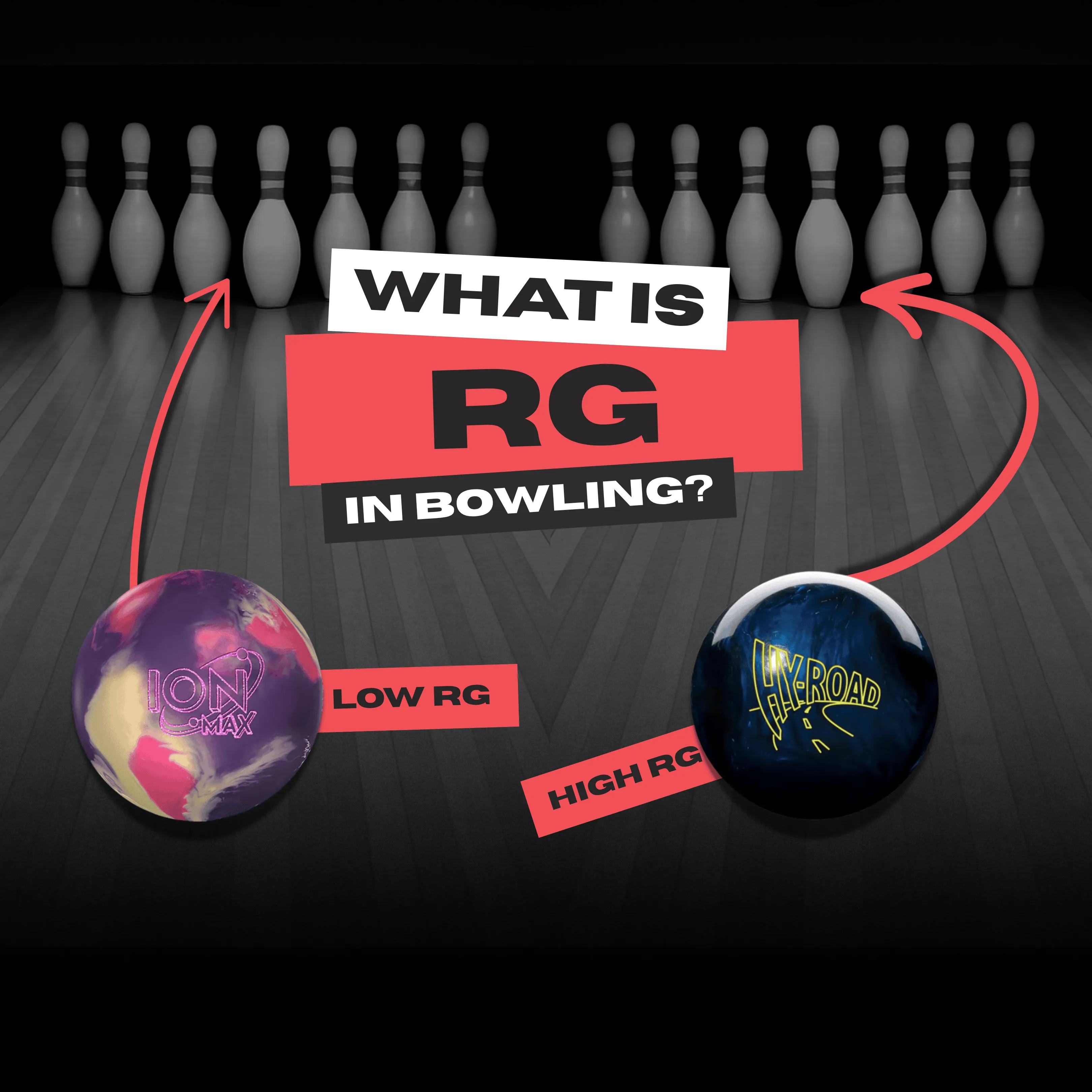The BowlingGP Series Youth 2025 is underway, and the first day brought exciting action across five age categories. A total of 53 youth bowlers from four countries competed on Saturday at the Bowling Plaza in Le Grand-Quevilly, France, tackling four different oil patterns in a challenging qualification format.
The event uses a unique structure designed to test each player’s ability to adapt. Across two days, participants bowl a total of five series—each on a different oil pattern.
On Saturday, four series were played, with a fresh oil pattern applied before each. The U14 category played three series due to their daily game limit, while older divisions bowled all four.
In the women’s category, Anaïs Crouzat leads the pack after 16 games, totaling 3,297 pins, including 160 bonus pins. Close behind is Célia Jeanne-Delafosse with 3,219, and Manon Clément holds third at 3,170. Manon Clement claimed third place with 3,170, followed by Loona Loir in fourth with 2,875 pins. Lena Lenglez is currently fifth, just four pins behind.
The mixed U14 division saw a strong showing from Adam Cotton, who rolled 2,452 pins over 12 games, far ahead of his closest challengers. Lorenzo Cousinat sits second with 2,227, just ahead of Matyss Cheron at 2,212. Perrine Royer rounded out the top four with a score of 1,930, including 96 bonus pins.
In the boys' U17 category, Thomas Laymet-Carre dominated with 3,596 pins, pulling away from the field by over 400 pins. Tom Levant followed in second with 3,190, and a very close battle for third saw Mathis Place (3,137) edge Axel Forestier (3,135) by just two pins.


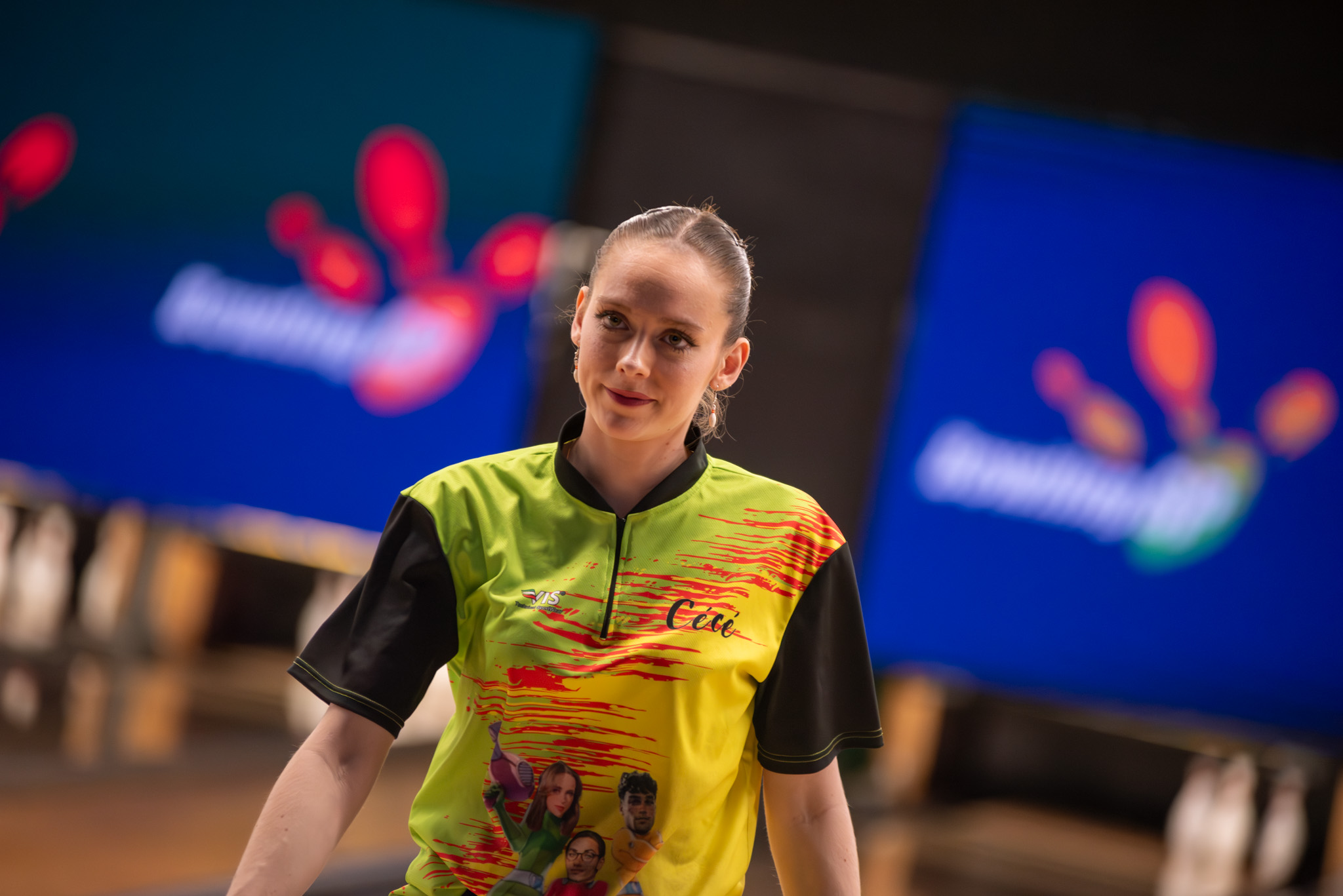

The U21 division was equally competitive. Benjamin Guibert claimed the top spot with an impressive 3,518 total over 16 games, pulling clear of the competition with consistent high scores and a 267 game highlight. Yaari Lapid followed in second with 3,316, just edging out Helder Salgueiro Goncalves who totaled 3,301. Maximilien Karczewski secured fourth place with 3,244 pins, closing out a competitive top four before tomorrow's final 6-game series.
In the U25 group, Lucas Fresnel stole the spotlight with a 3,584 total, including a perfect 300 game. Louis Bonnet placed second with 3,260, followed by Jade Caplain with 3,211 and Corentin Crouzat with 3,158.
On Sunday, all players return for the fifth and final qualification series, starting at 9:00. After six more games on a new oil pattern, the top four bowlers in each category will advance to the finals.
Semifinals will follow immediately, pairing 1st vs 4th and 2nd vs 3rd in single-game matchups. Winners move on to the final, while the others bowl for third place.
For more information visit Tournaments | BowlingLife.
